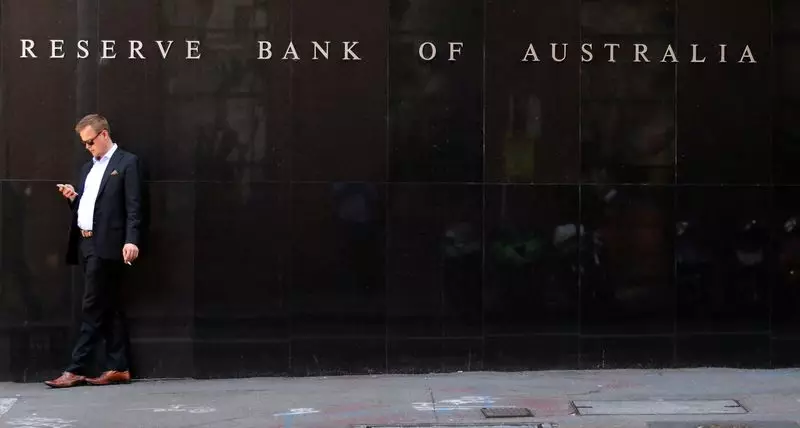In a recent address in Sydney, Sarah Hunter, the Assistant Governor of the Reserve Bank of Australia (RBA), conveyed a measured outlook regarding inflation expectations. While she acknowledged the potential risks that could arise, particularly the fear of inflation expectations becoming “de-anchored,” she emphasized that the central bank is not perceiving an immediate threat in this regard. This assertion, based on new research, indicates that households in Australia may be resilient to the immediate inflation spikes that have characterized the economy. This outlook reflects a strategic approach by the RBA, carefully balancing between concerns and proactive monitoring.
The Dynamic Between Wages and Inflation
One noteworthy observation from the RBA’s analysis is the weak correlation between wage expectations and inflation expectations. This disconnection suggests that, even as prices increase, households may not anticipate corresponding wage rises, which could further influence their spending and saving behaviours. Hunter’s comments at an investment conference highlight the importance of understanding this relationship, as it could play a crucial role in the future trajectory of inflation expectations. With the knowledge that households are less reactive to inflationary pressures, the RBA aims to foster a sense of stability while remaining vigilant in monitoring economic indicators.
The RBA’s monetary policy has been notably steady since November, with the cash rate held at 4.35%, a figure that represents a significant increase from the pandemic-era low of 0.1%. The central bank has deemed this rate restrictive enough to combat inflation while supporting employment growth. However, there are underlying concerns about persistent inflation, as indications show it remains stubbornly high at 3.9%. This enduring inflationary pressure poses a challenge for the RBA as it strives to guide inflation back within its target band of 2%-3%. The road ahead appears uncertain, and analysts are keenly watching the projections for interest rate cuts, currently estimated at only a 40% likelihood by December.
The RBA’s commitment to tracking inflation expectations is crucial in fostering economic stability. As Hunter pointed out, understanding the formation of these expectations will enable the RBA to preemptively identify any burgeoning risks that could lead to a de-anchoring of expectations. The careful scrutiny of both inflation data and public sentiment will be essential as the RBA navigates these complexities. Policymakers recognize that maintaining a balance between fostering economic growth and keeping inflation in check is vital to ensure long-term financial health for the country.
The RBA’s current cautious optimism regarding inflation expectations reflects a nuanced understanding of Australia’s economic landscape. While immediate threats appear to be managed, the central bank remains proactive in its monitoring and decision-making processes. As they contend with high underlying inflation and emerging wage dynamics, their strategic approaches will be imperative for sustaining economic stability moving forward.

